Unlock the complete
Logicmojo experience for FREE
Sign Up Using
1 Million +
Strong Tech Community
500 +
Questions to Practice
100 +
Expert Interview Guides
Sign Up Using
Strong Tech Community
Questions to Practice
Expert Interview Guides

Object-oriented programming (OOPs) is a programming paradigm that emphasises objects above functions and procedures. It is the most widely used methodology among programmers.
In simple terms, a class can be thought of as a blueprint or template from which things can be built. As a result, Objects are frequently referred to as "instances" because they are regarded instances of a class. The terms "characteristics" and "behaviour" refer to the "what" and "how" of the Object, respectively.
For example, if we consider a car, then based on the OOPs model:
Object = A specific car of any model, like the car you own
Class = A specific car model, such as Audi A4, BMW I8, Maruti Suzuki Vitara Brezza, etc.
Characteristics = What is the color of your car? What is the Chassis number of your car? etc
Behavior = How to start the car? How to change the gear of the car? etc.

Let's say we created a class, Car, to contain all the properties a car must have, color, brand, and model. We then create an instance of a Car type object, myCar to represent my specific car.

We could then set the value of the properties defined in the class to describe my car, without affecting other objects or the class template.
We can then reuse this class to represent any number of cars.
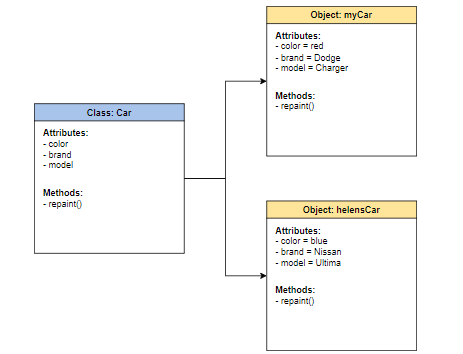
Object-oriented programming (OOP) is a programming paradigm that employs data-contained objects. It has evolved into an important aspect of software development. Many businesses need professionals that are well-versed in object-oriented programming. We've compiled a list of frequently asked OOPs interview questions for both freshers and experienced candidates in this article. These OOPS interview questions will help you understand the most fundamental principles in object-oriented programming and ace your job interview.
Benefits of OOP include:
🚀 Modularity:Encapsulation makes it possible for items to be self-contained, which simplifies troubleshooting and collaborative development.
🚀 Reusability: Code can be reused through inheritance, meaning a team does not have to write the same code multiple times.
🚀 Productivity: Programmers can create new applications more quickly by combining libraries and reusing code.
🚀 Easily upgradable and scalable: Programmers can implement system features on their own.
🚀 Security: Complex code is concealed, software maintenance is simplified, and internet protocols are protected via encapsulation and abstraction.
🚀 Flexibility: Polymorphism enables a single function to adapt to the class it is placed in. Different objects can also pass through the same interface.
While Simula is credited as the first object-oriented programming language, OOP is now utilised with a variety of different programming languages. However, certain programming languages work better with OOP than others. Programming languages that are considered pure OOP languages, for example, treat everything as an object. Other programming languages are largely built towards OOP, with some procedural processes thrown in for good measure.
For example, popular pure OOP languages include:
Ruby
Scala
JADE
Emerald
Programming languages designed primarily for OOP include:
C++
Java
Python
Other programming languages that pair with OOP include:
PHP/p>
Visual Basic .NET
Javascript
The structure, or building blocks, of object-oriented programming include the following:
Classes are user-defined data types that act as the blueprint for individual objects, attributes and methods.
Objects are instances of a class that have been constructed with specified data. Real-world items or abstract entities can be represented by objects. The description is the only object defined when a class is created for the first time.
Methods are functions specified within a class that describe an object's actions. In class declarations, each method begins with a reference to an instance object. In addition, instance methods refer to the subroutines that make up an object. Methods are used by programmers to ensure reusability and to keep functionality contained to a single object at a time.
Attributes are defined in the class template and represent the state of an object. Objects will have data stored in the attributes field. Class attributes belong to the class itself.
Developers have critiqued the object-oriented programming model for a variety of reasons. The main argument is that OOP places too much emphasis on the data side of software development and not enough on computation and algorithms. Furthermore, OOP code is likely to be more difficult to write and build.
Alternative methods to OOP include:
🚀 Functional programming:This includes telecommunications and fault-tolerant systems programming languages like Erlang and Scala.
🚀 Structured or modular programming: This includes languages such as PHP and C#.
🚀 Imperative programming: C++ and Java are examples of an alternative to OOP that focuses on functions rather than models.
🚀 Declarative programming: This programming style consists of statements that describe the task or desired outcome but not how to accomplish it. Prolog and Lisp are two examples of programming languages.
🚀 Logical programming: This method uses a series of words to define facts or rules about a problem area. It is based on formal logic and leverages languages like Prolog. It focuses on tasks that can benefit from logical inquiries based on rules.
Most advanced programming languages enable developers to combine models, because they can be used for different programming methods. For example, JavaScript can be used for OOP and functional programming.

Abstraction is the process of hiding the
internal details of an application from the
outer world.
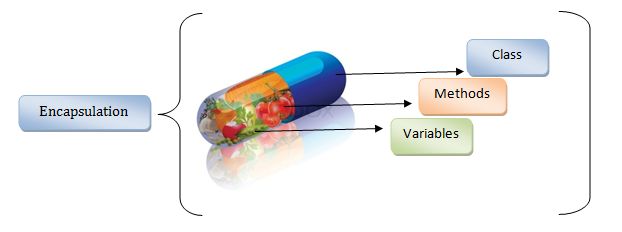
In object-oriented programming (OOP), encapsulation refers to the bundling of data with the methods that operate on that data, or the restricting of direct access to some of an object's components.
View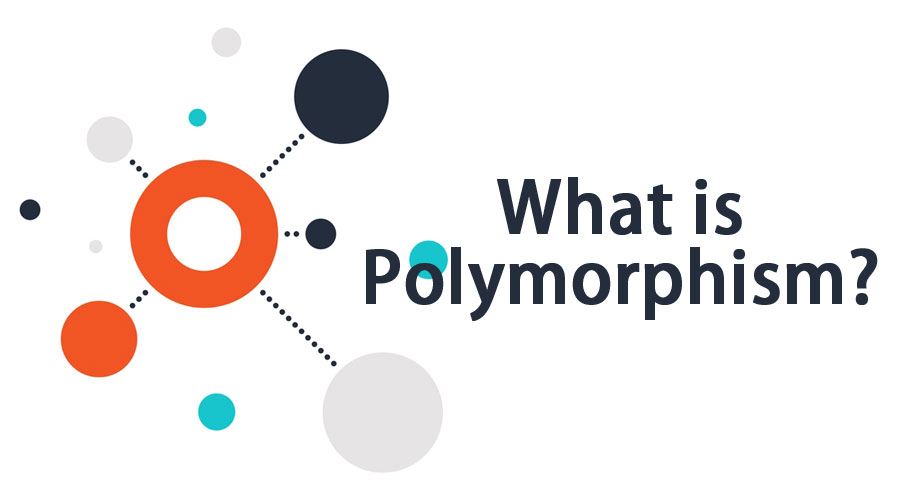
Polymorphism is the ability of any data to be processed in more than one form.
View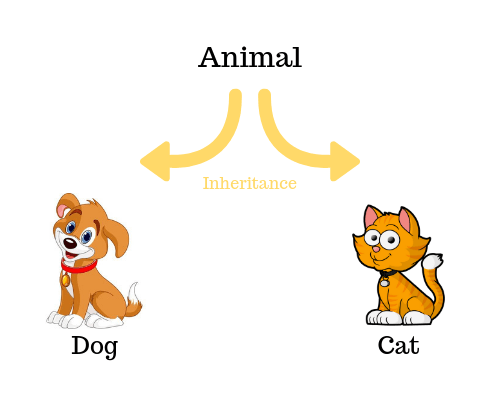
One of the most significant components of Object Oriented Programming is inheritance (OOP). The key to understanding Inheritance is that it provides code re-usability.
View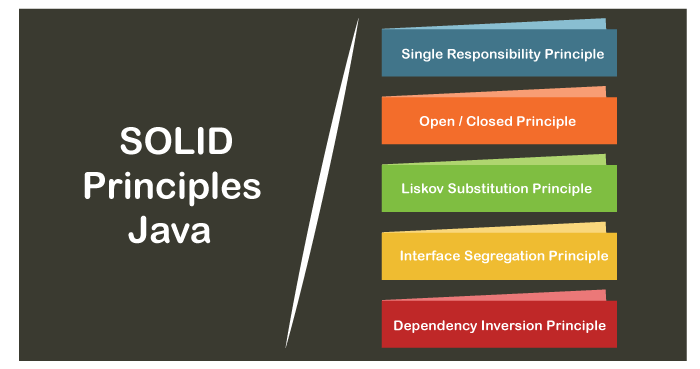
SOLID principles are an object-oriented approach that are applied to software
structure design.
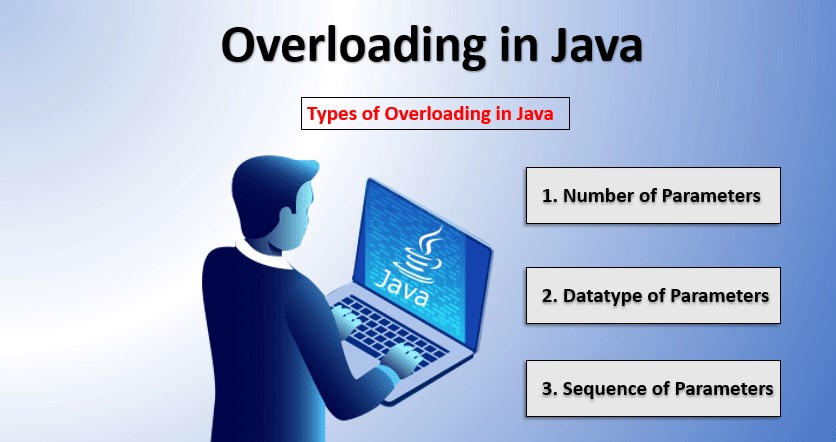
Two methods are said to be overload if and only if both having the same name but
different argument types.
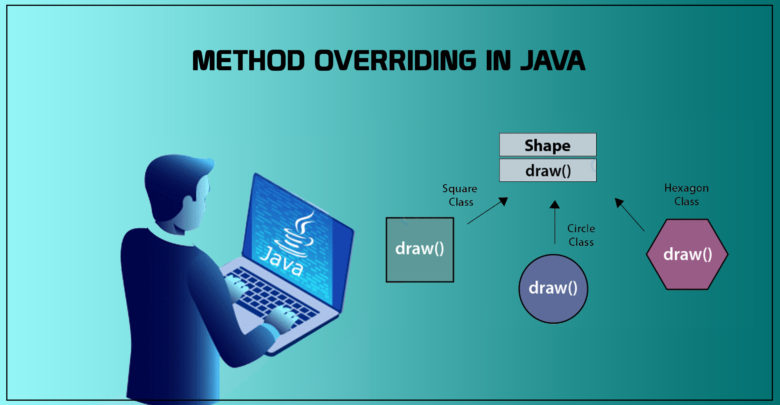
Method overriding refers to when a piece of code contains two or more methods with the same name, but each one performs a different task.
View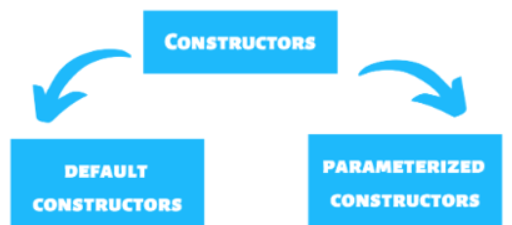
A constructor is a special method of a class or structure in object-oriented programming that initializes a newly created object of that type
View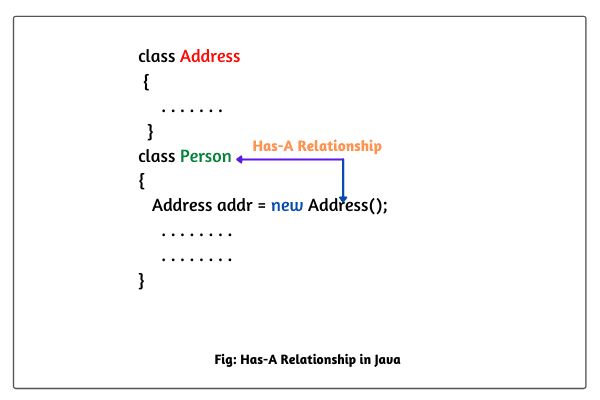
HAS-A relationship is also known as composition (or) aggregation.There is no specific keyword to implement hAS-A relationship but mostly we can use new operator.
View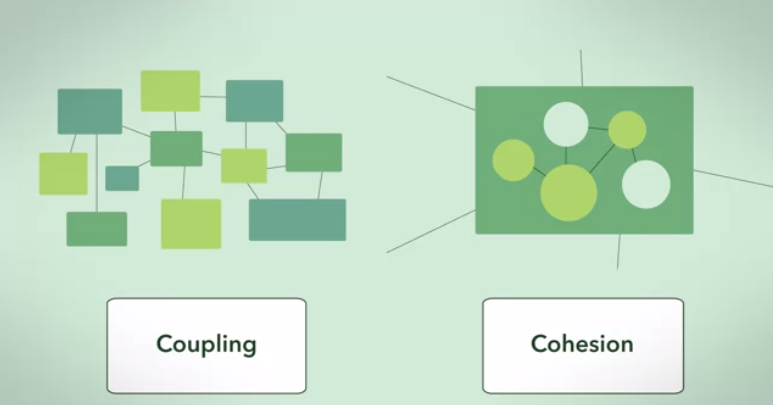
The quality of an OO design is determined by cohesion and coupling. Good OO design should be loosely connected and very coherent in general. The concept of "loose coupling and high cohesiveness" underpins many of the design ideas and patterns that have been developed.
View
A class is a blueprint or template of an object.
It is a user-defined data type. Inside a class,
we define variables, constants, member functions, and other functionality.
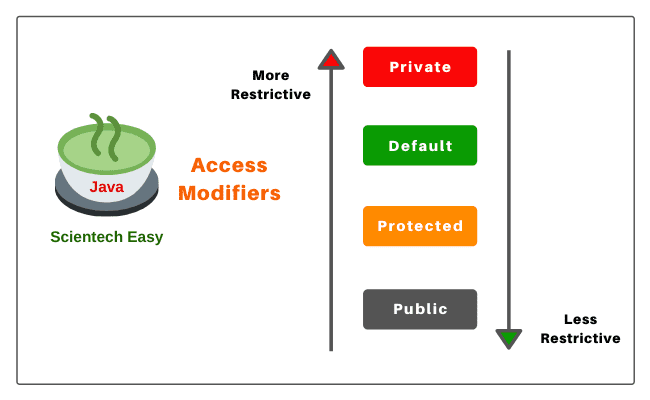
In object-oriented languages, access
modifiers (or access specifiers) are keywords that control the accessibility of classes, methods, and other members.
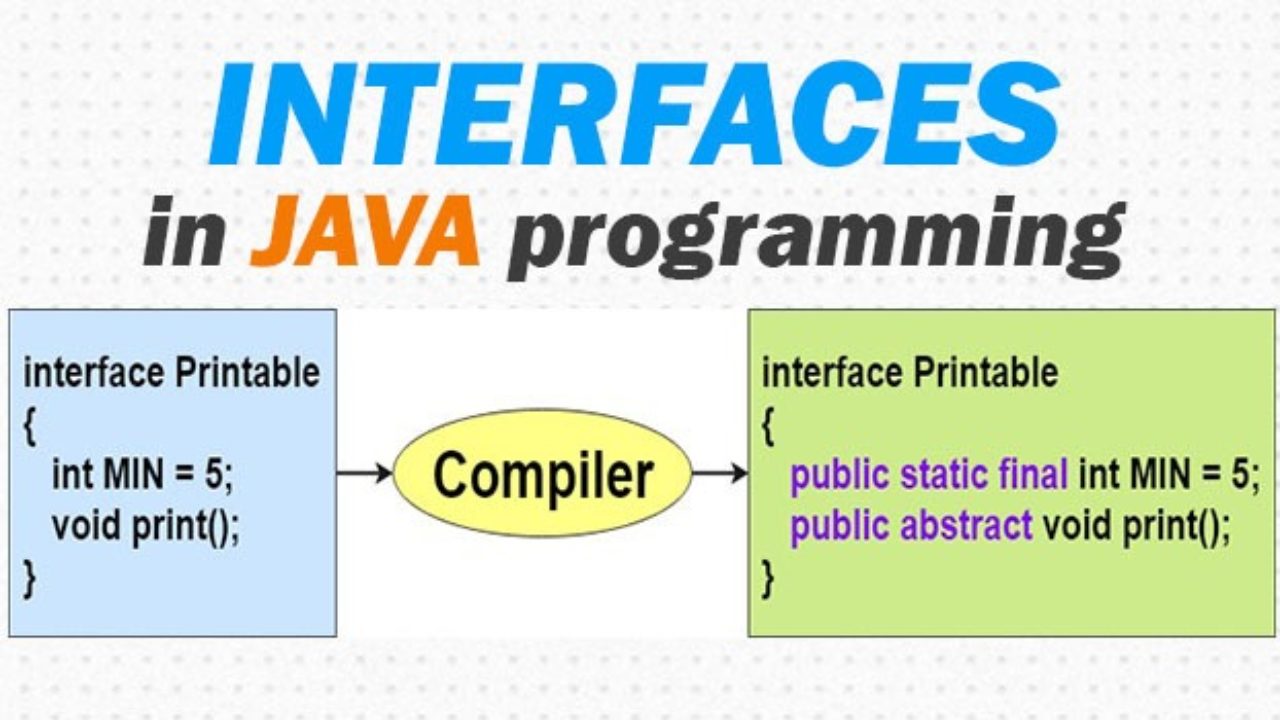
In Java, an interface is a reference type. It's comparable to a class. It consists of a set of abstract methods. When a class implements an interface, it inherits the interface's abstract methods.
View
We should use collection if we wish to represent a bunch of "individual items" as a single entity. Collection can be thought of as the base interface of the entire collection structure.
View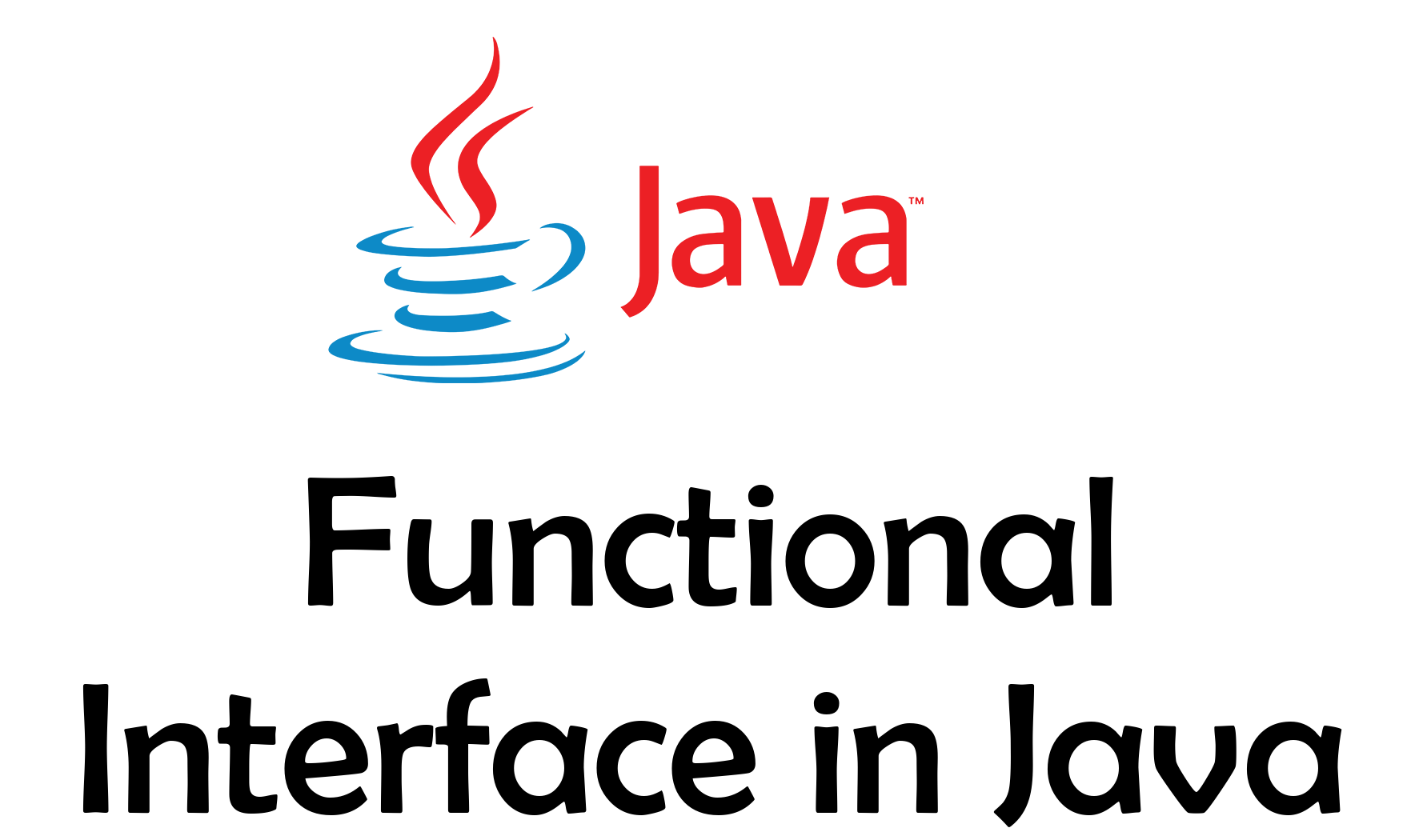
An interface with only one abstract method is referred to as a functional interface. A functional interface can only display one type of functionality.
View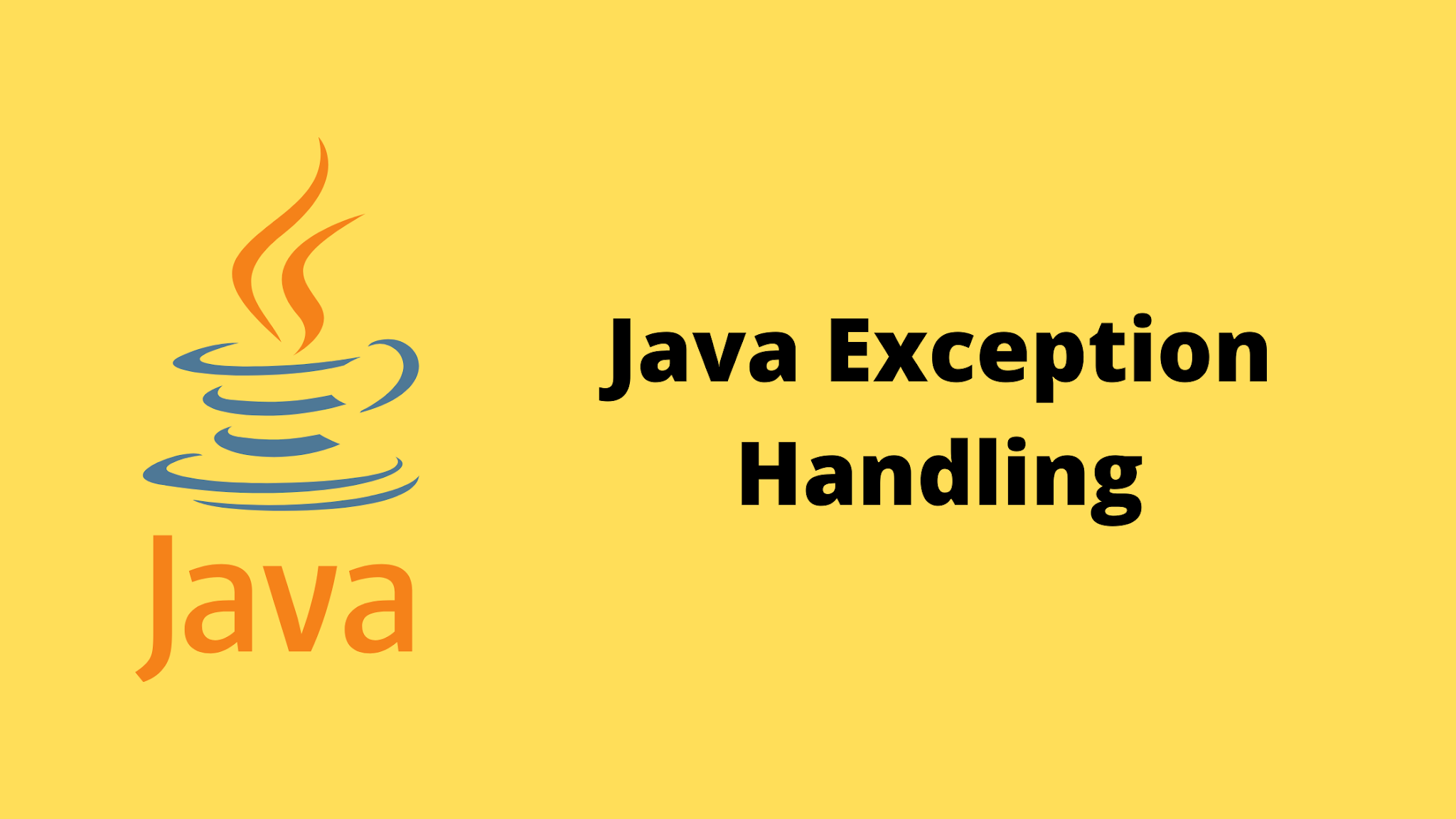
Exception handling doesn’t mean repairing an exception. We have to define alternative way
to continue rest of the program normally this way of “defining alternative is nothing but exception handling”.

For any java class if we are not allow to create an object such type of class we have to
declare with abstract modifier that is for abstract class instantiation is not possible.
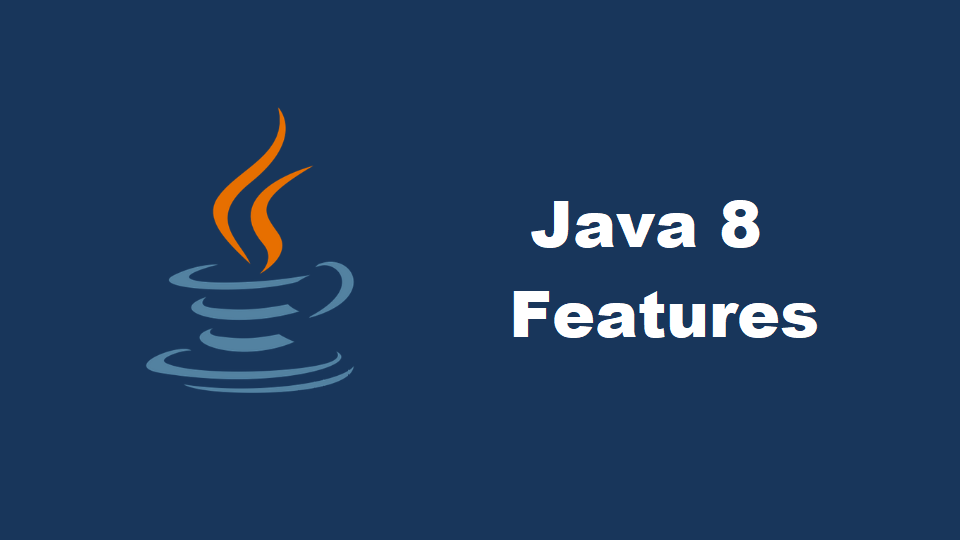
This course includes examples of major Java 8 technologies such as lambda expressions,
Java streams, functional interfaces, default methods, and updates to the date-time API.
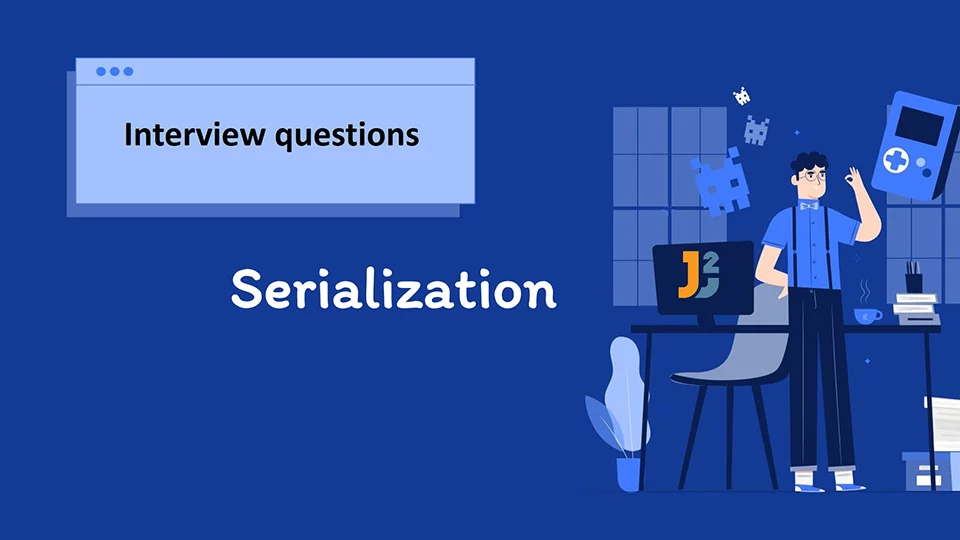
Serialization is the process of saving (or)
writing an object's state to a file, but it is more precisely the act of changing an object from a java supported form to either a network supported form (or) a file supported form.
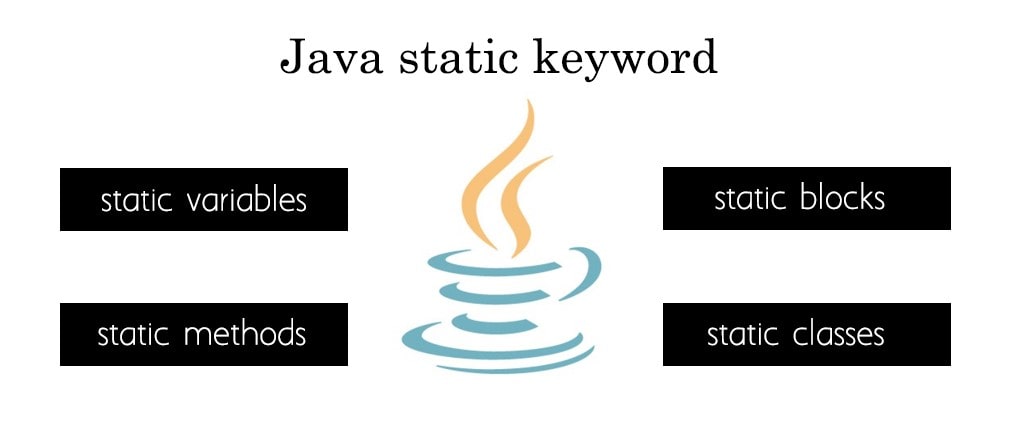
The static keyword is mostly used in Java for memory management. Variables, methods, blocks, and nested classes are all supported. Static refers to a constant variable or method that is the same for all instances of a class.
Read More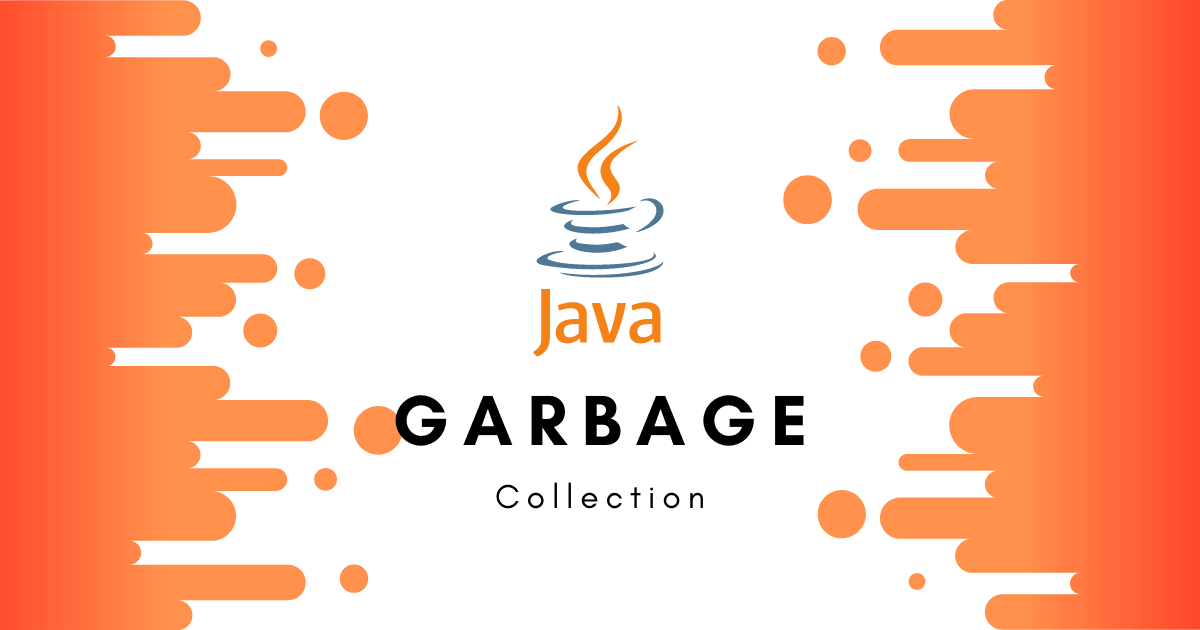
The method through which Java programs do automatic memory management is known as garbage collection.
Read More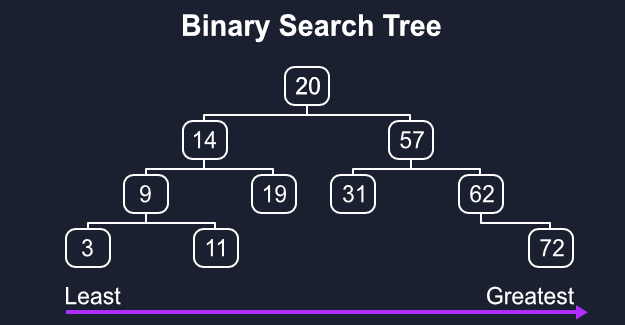
A binary search tree follows some order to arrange the elements. In a Binary search tree, the value of left node must be smaller than
the parent node

Stack is a linear data structure which follows
a particular order in which the operations are performed. The order may be LIFO(Last In
First Out).
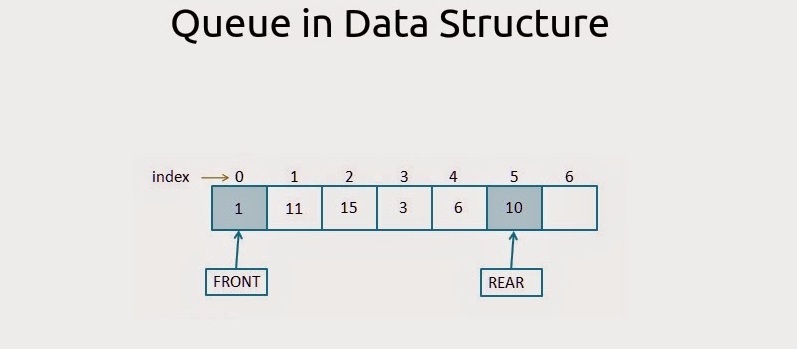
A Queue is a linear structure which follows a particular order in which the operations are performed. The order is First In
First Out (FIFO).

Circular Linked List is a variation of Linked list
in which the first element points to the last element and the last element points to the
first element.
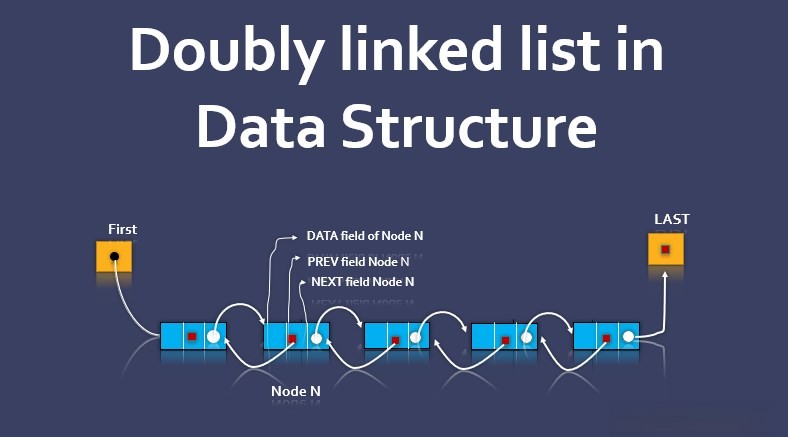
Doubly linked list is a complex type of linked list in which a node contains a pointer to the previous as well as the next node in the sequence.
Read More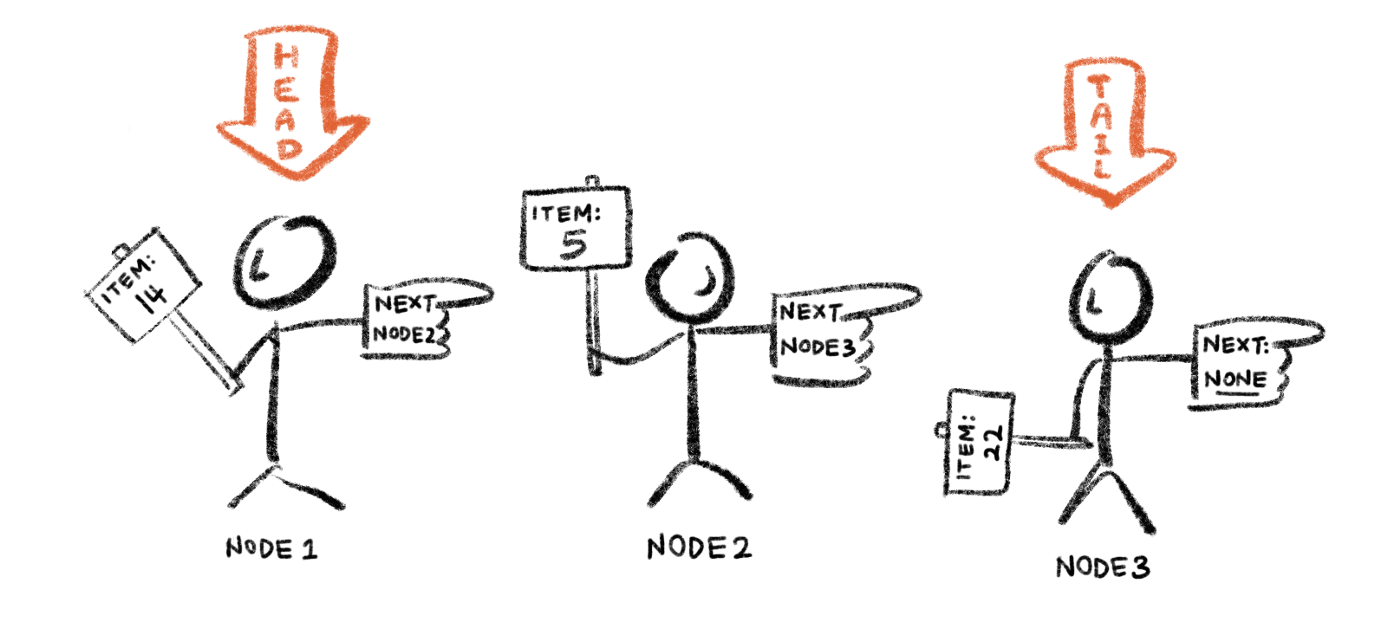
A linked list is a sequence of data structures, which are connected together via links.
Linked List is a sequence of links which contains items
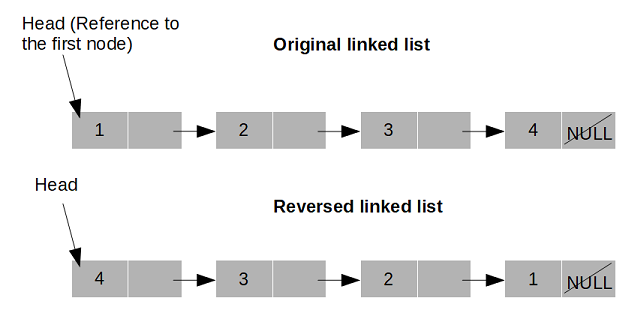
Initialize three pointers prev as NULL, curr as head and next as NULL. Iterate through the linked list. In loop, do following.
Here's how recursive reversal works: If you have a
reversed linked list of all the nodes to the left of the current node, and you know the last node of the

A linked list is a sequence of data structures, which are connected together via links.
Linked List is a sequence of links which contains items
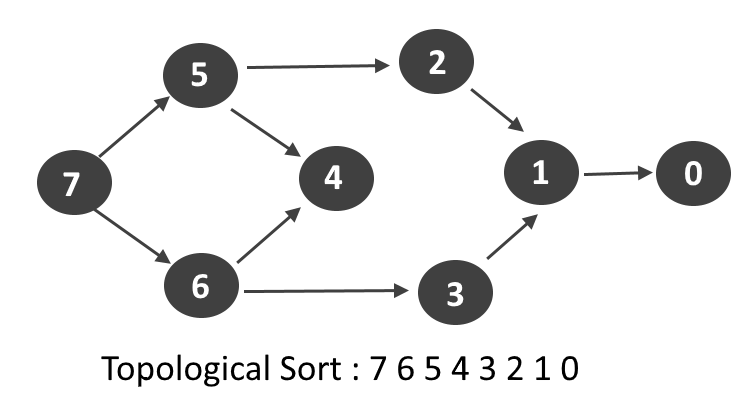
Topological sorting for Directed Acyclic
Graph (DAG) is a linear ordering of vertices
such that for
every directed edge u v, vertex u. It forms the basis of linear-time algorithms for finding the critical path of the project, a sequence of milestones
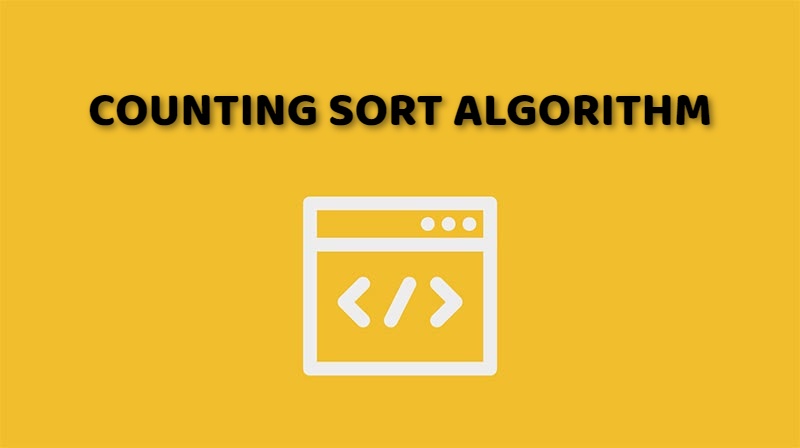
Counting sort is a sorting technique based on keys between a specific range. It works by counting the number of objects having
distinct key

Heap sort is a comparison-based sorting technique based on Binary Heap data structure. It is similar to selection sort
Read More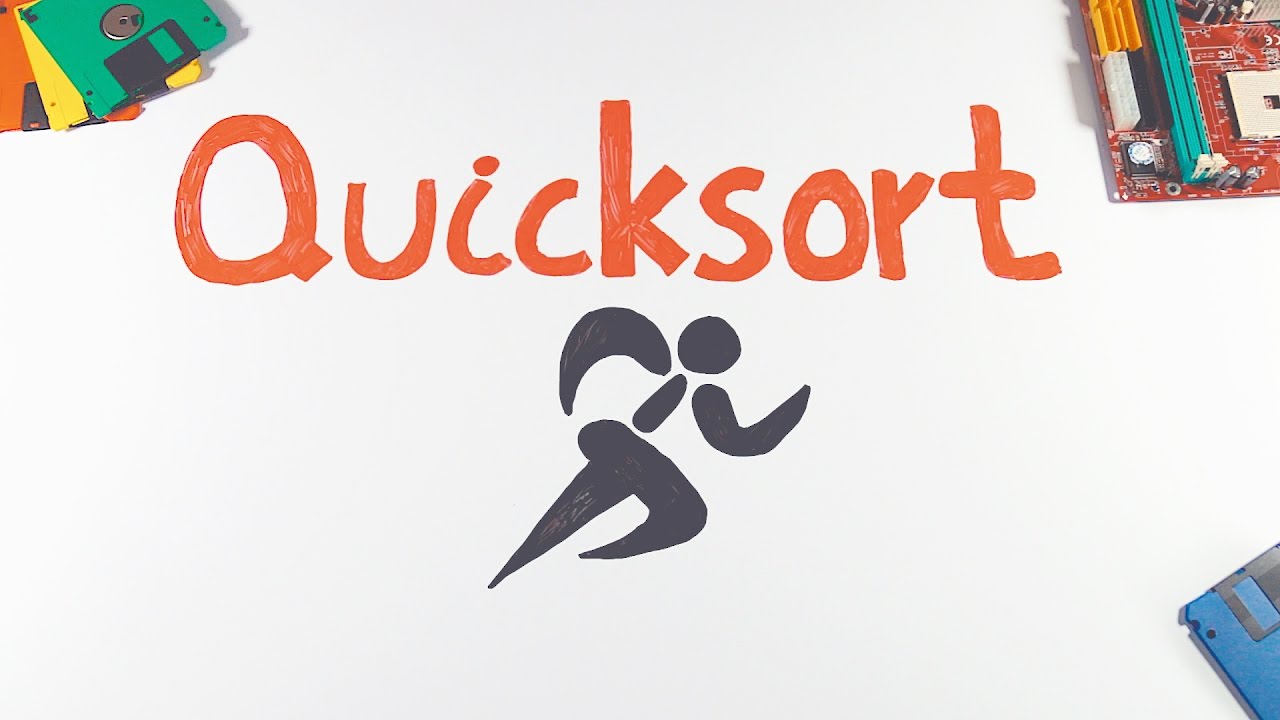
Quicksort is an in-place sorting algorithm. Developed by British computer scientist Tony Hoare in 1959 and published in 1961,
Read More
Like QuickSort, Merge Sort is a Divide and Conquer algorithm. It divides the input array into two halves, calls itself for the two halves
Read More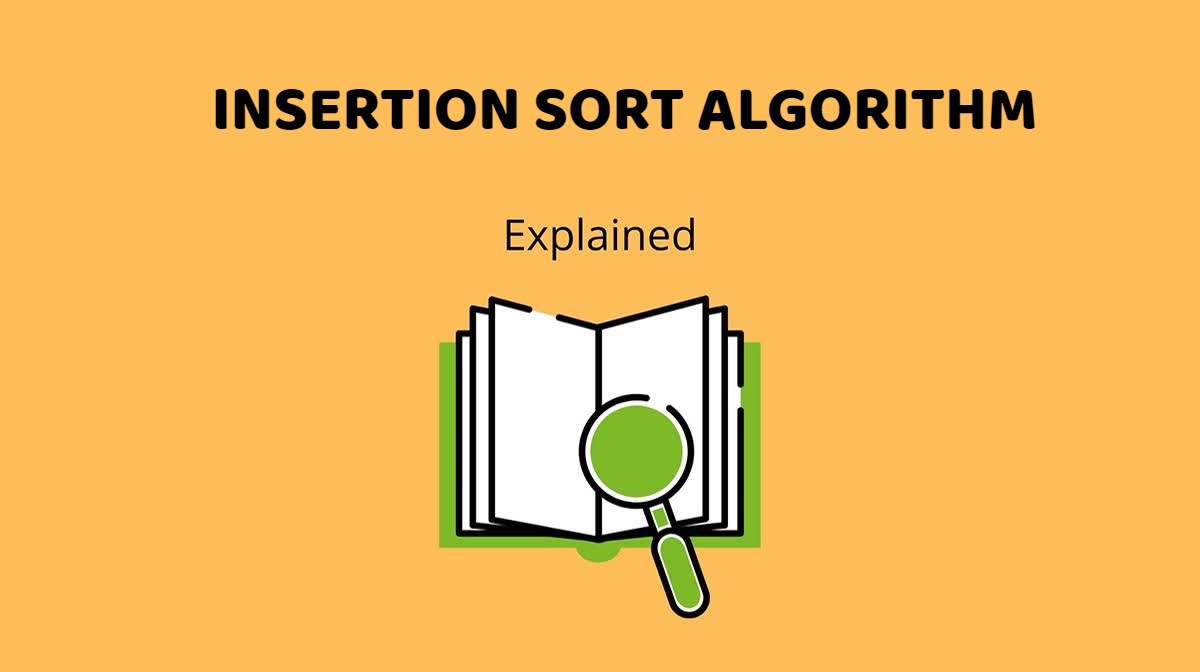
Insertion sort works similar to the sorting of playing cards in hands. It is assumed that the first card is already sorted in the card game
Read More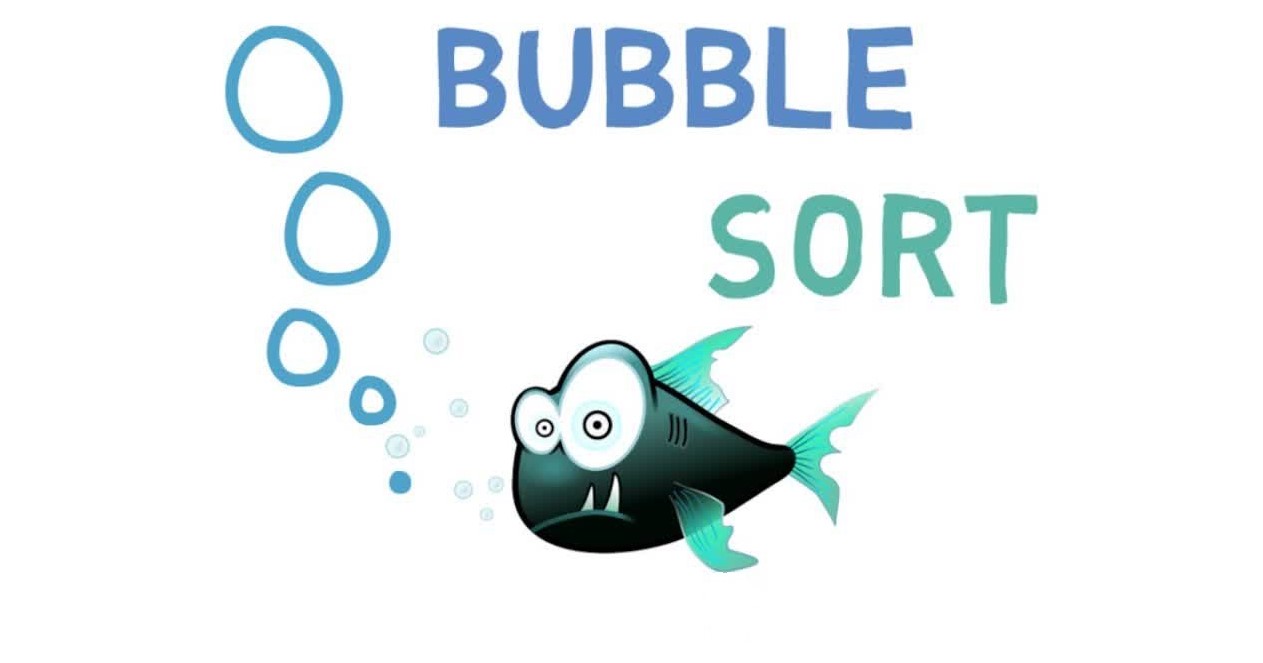
Bubble sort is a sorting algorithm that compares two adjacent elements and swaps them until they are not in the intended order.
Read More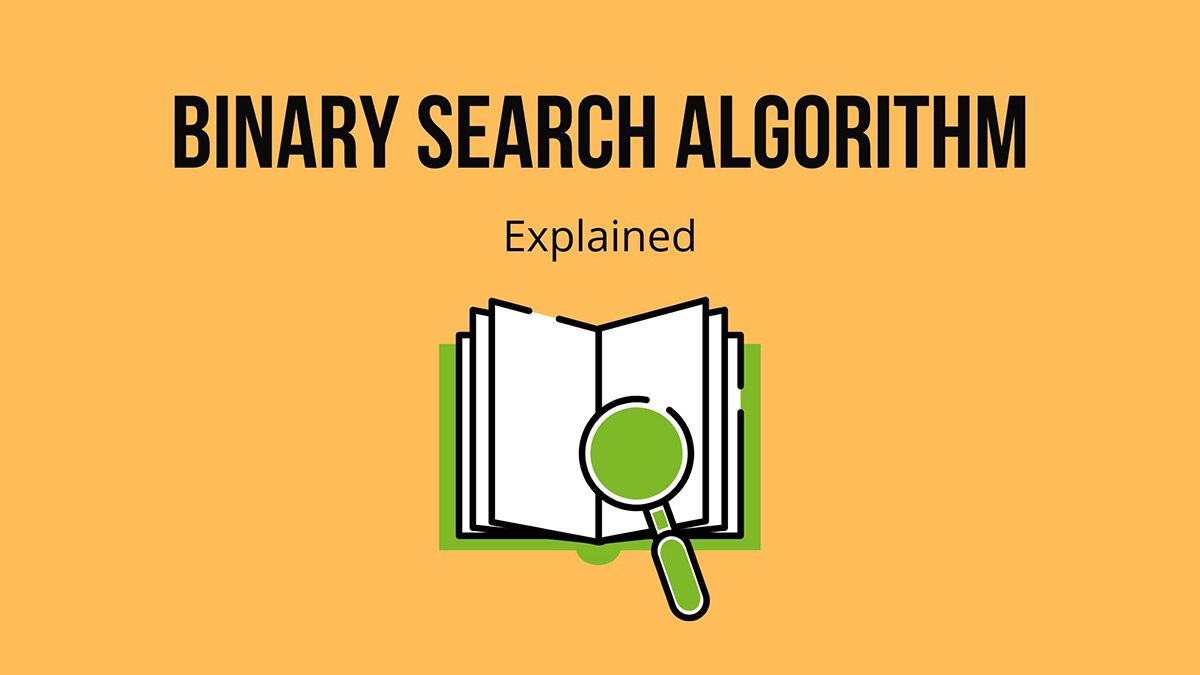
Binary Search: Search a sorted array by repeatedly dividing the search interval in half. Begin with an interval covering the whole
array.
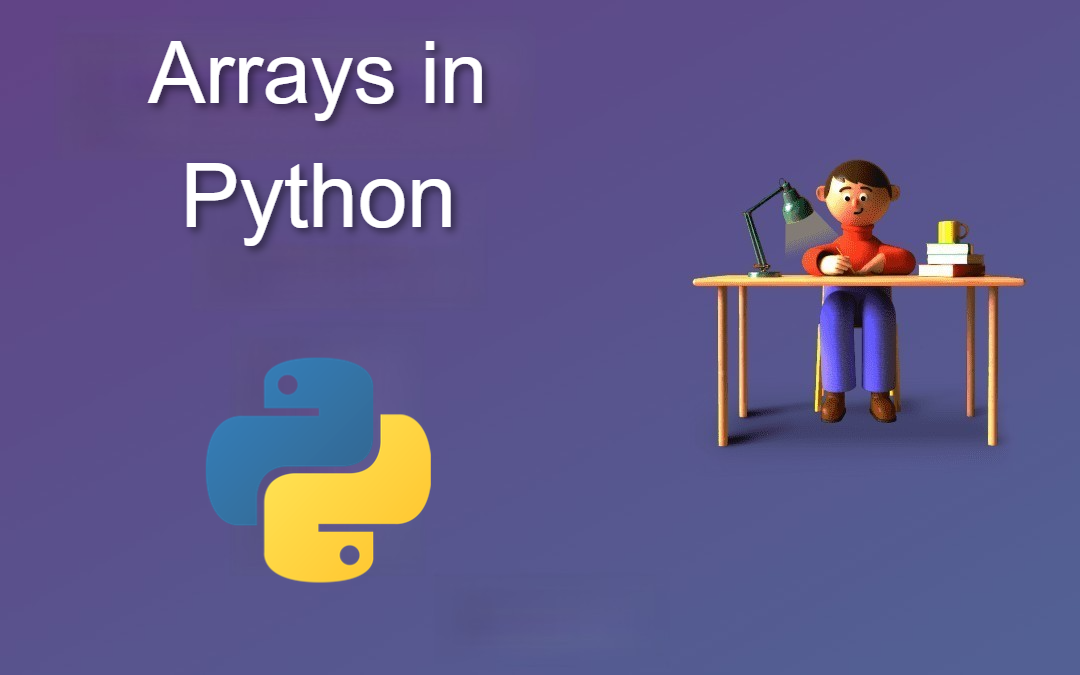
Python has a set of built-in methods that you can use on lists/arrays. Python does not have built-in support for Arrays
Read More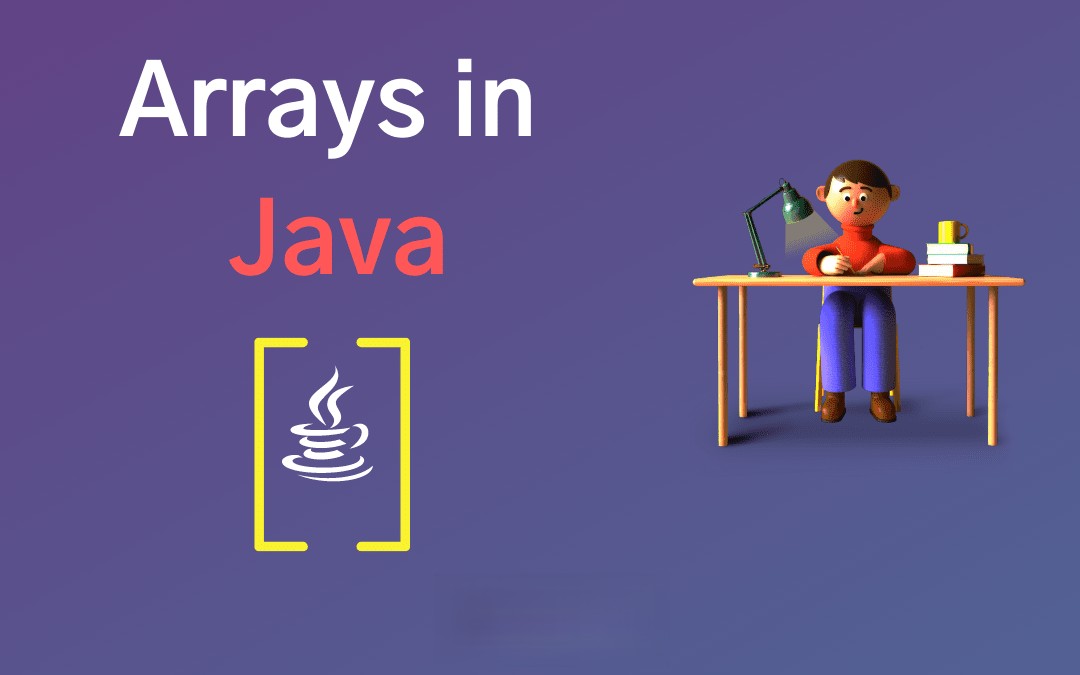
An array in Java is a group of like-typed variables referred to by a common name. Arrays in Java work differently than they do in C/C++
Read More